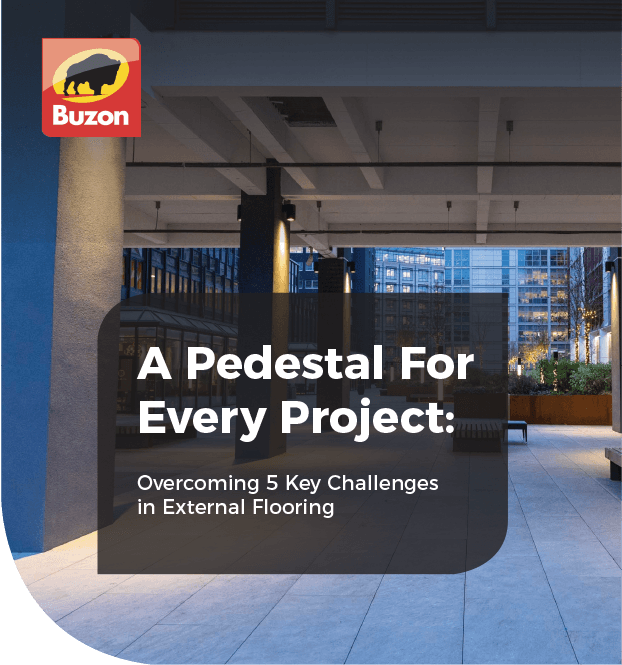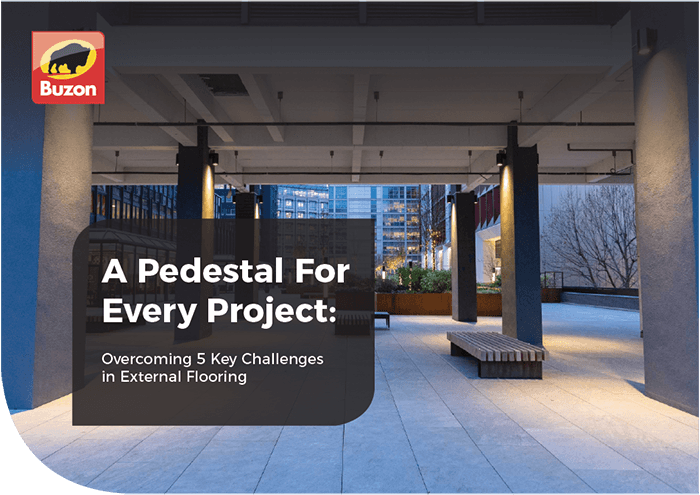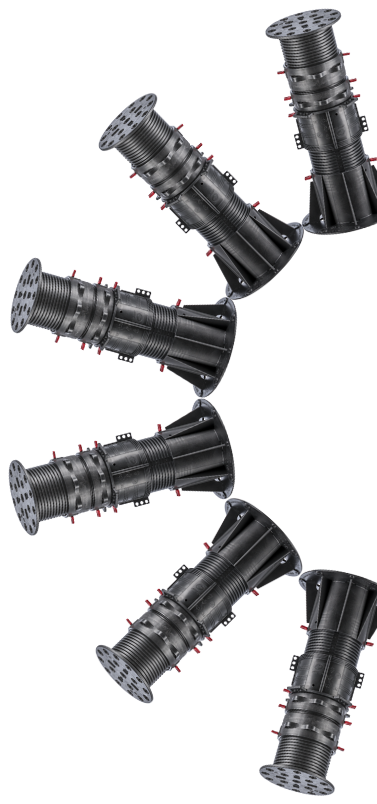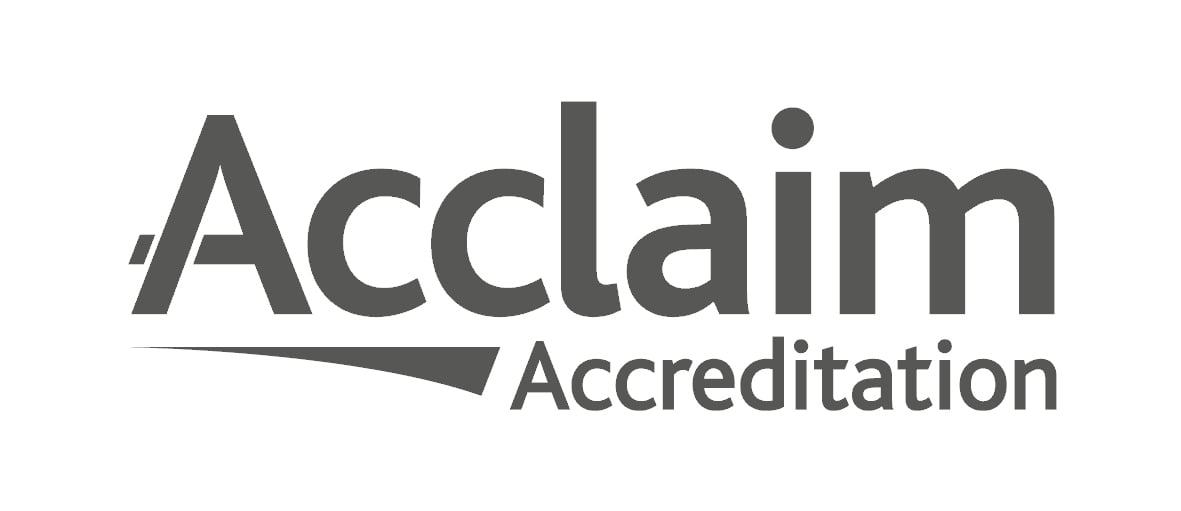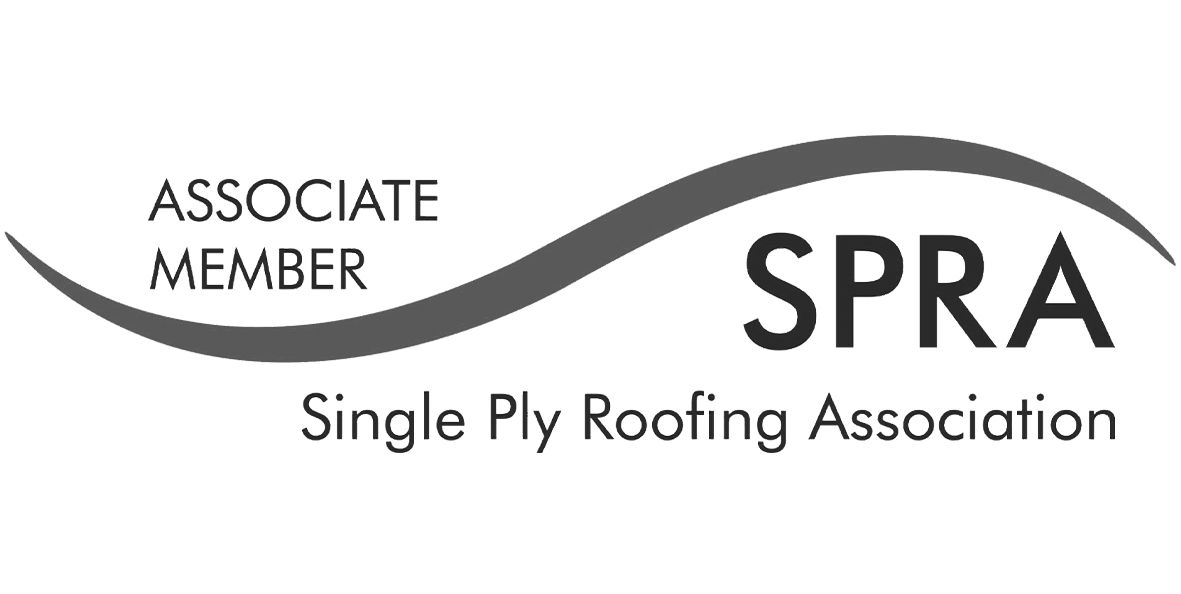Reinforced Autoclaved Aerated Concrete (RAAC) was a prominent player within UK construction after the war, between the 1950’s and 1990’s. It is only recently, however, that we have begun to understand the true dangerous nature of this material.
Many buildings across the UK, especially schools, are being temporarily closed down to safeguard students, as RAAC is now known to become extremely brittle, and prone to crumble, with the potential to cause walls and ceilings to collapse. as happened with Singlewell School in 2018. As well as schools, RAAC has also been found in hospitals, and airports such as Heathrow and Gatwick, and the University of East Anglia has had to close a 750-room accommodation block due to safety fears, at a time when pressure on student accommodation has never been greater.
At the same time, the trend towards roof terraces in the UK continues to gain traction which for some brings into question the suitability of roofs built using RAAC and whether they can, or even should, support new or existing roof terraces.
In this blog, we will take a look at the concerns surrounding RAAC as it pertains to roof terraces, and discuss some advice being given by UK officials.
Understanding RAAC and the Dangers
Originally pioneered in Sweden, the use of "bubbly" concrete quickly gained popularity across Europe in the mid-20th century as it became a cost-effective, lightweight alternative to traditional concrete mixes. Referred to as "aerobar," "aircrete," and RAAC (Reinforced Autoclaved Aerated Concrete), the material was used extensively in numerous public buildings across the UK from the 1950s through the 1990s.
However, as the 1980s rolled in, signs of deterioration became evident, ultimately leading to the demolition of affected buildings. Since then, numerous incidents and reports have come through commenting on the unsuitability of this material within UK buildings.
Because of its aerated nature, the concrete lacks the flexural strength of its traditional counterpart, as well as allowing rainwater to easily seep into the material. This not only affects the concrete itself over time but also the reinforced bars on which the concrete is built, leading to the rapid corrosion of the metal.
In August 2023 The Health and Safety Executive announced: “RAAC is now life-expired. It is liable to collapse with little or no notice.”
Check out this video from The Independent on how RAAC is affecting UK schools and government buildings:
The Rise Of Roof Terraces
In recent years, the skyline of the United Kingdom's urban areas has undergone a transformative shift. The demand for rooftop terraces has surged, reshaping the way we envision and utilize the rooftops of our buildings. This phenomenon reflects a broader trend towards maximizing every inch of available space in densely populated cities.
Rooftop terraces offer a multitude of benefits that have captivated property owners and developers alike. They provide coveted outdoor spaces for relaxation, social gatherings, and even urban gardening. With panoramic views of cityscapes or natural surroundings, these elevated retreats offer an escape from the hustle and bustle below.
However, the nature of these spaces can put a lot of additional strain on buildings and their roofs, usually requiring an engineer to perform an inspection to ensure the existing flat roof can support the addition.
It is then no surprise that the recent statements about the life-expiration of RAAC have sparked concerns among building owners and frequent visitors about the structural integrity of these buildings.
Advice From UK Construction Specialists
As there is no central register to identify buildings that use RAAC, the best way to identify if your building uses the material is through a physical inspection. If you suspect your building makes use of RAAC, then a risk assessment should be carried out by a Structural Engineer.
In the latest fact sheet issued by GOV.UK, they advise that the approach may differ depending on the assessment of risk. Some measures will include secondary supports or beams for the highest-risk buildings, to inspection regimes for lower-risk areas. There are also mitigation plans in place to limit operational loads, through the use of no-walk zones on RAAC roofs, maintaining roof drainage, restricting new or removal of existing equipment or reducing humidity.
It is unlikely your buildings will be affected if they were not built in the 1960s to the 1980s.
The advice we are seeing states that roofs using this material should attempt not to retain or carry out works on existing RAAC roofs.
The NFRC have published their own safety alert and guidance.
Conclusion
Based on the advice issued by the government, it is unwise and inadvisable to carry out works on known RAAC sites. For buildings which identify that RAAC has been used in their construction, please follow the advice issued by GOV.UK to implement safeguarding measures such as no-walk zones and avoid adding or removing heavy loads from these spaces without the advice of an expert.
If you’re looking to create commercial roof terraces in your next development, take a look at the Buzon range of adjustable pedestals. With 5 ranges of pedestals, including two fire-rated options, and a whole host of technical features that will support any design choices and technical requirements.
Did you know we also offer site-specific advice, surveys and training (subject to location)?
If you’d like to discuss your requirements further, don’t hesitate to speak to an expert by calling us at +44 (0)20 8614 0874 or emailing info@buzonuk.com.


